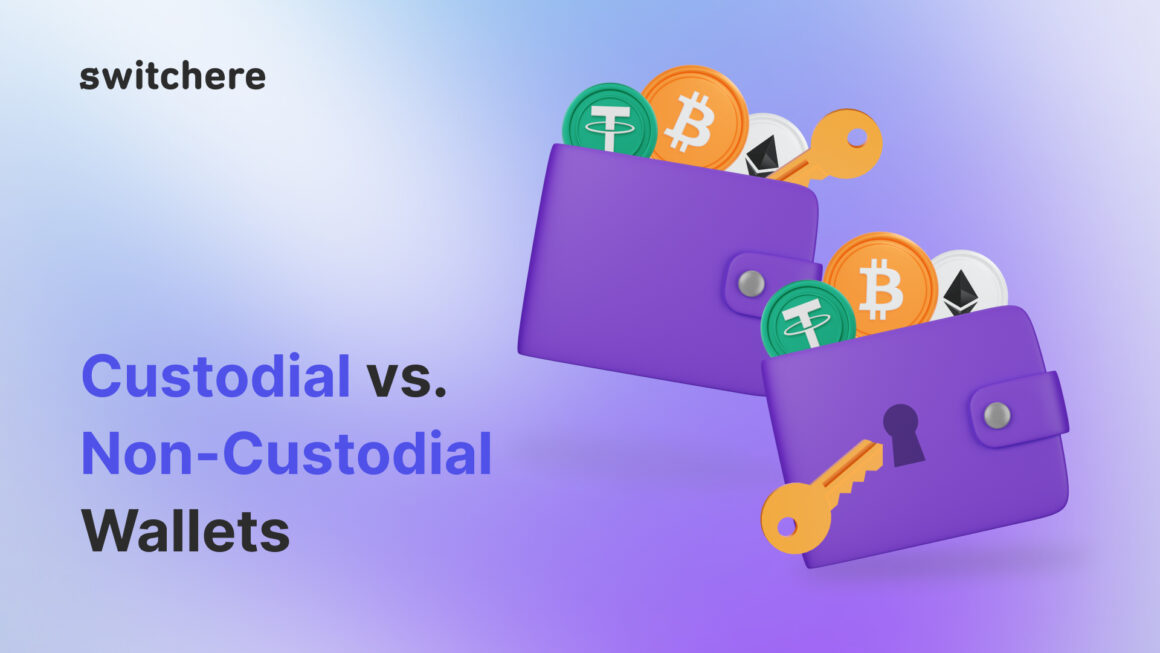The world of virtual currencies has witnessed a meteoric rise in a decade or so, with cryptocurrencies like Bitcoin, Tether USD, Ethereum, Ripple etc. gaining widespread acceptance. As blockchain-based assets become increasingly integrated into our daily lives, the seriousness of secure storage solutions may in no case be overstated. Virtual currency wallets act as maxims in safeguarding digital assets, and among them, custodian and self-custody wallets are two prominent options. This short analysis is devoted to the architecture, mechanism, and cryptography of custodian and self-custody virtual asset wallets, unraveling the complexities that underlie their operation.
Architecture
Custodian Wallets (CWs)
Custodian wallets follow a hierarchical structure where a trustworthy third party, the custodian, stays in the control of users’ private keys. This architecture introduces a layer of convenience for clients who might not figure out the intricacies of key management.
Self-Custody Wallets (SCWs)
By contrast, self-custody wallets empower persons with maximum control over their private keys. These wallets can take various forms – software, hardware and paper. The architecture is decentralized, aligning with the quintessential ethos of virtual currencies — the full autonomy over digital capital.
Mechanism
CWs
The mechanism of custodian wallets revolves around trust delegated to a third party. However, this convenience comes at the cost of decreased control and potential vulnerability to security infringements targeting the CEX.
SCWs
They operate on a trustless principle. This mechanism guarantees that owners have exclusive access to their finances, enhancing security but requiring a more active role in key management.
Cryptography
CWs
Multi-signature schemes may be employed to distribute management among multiple parties, strengthening security but maintaining a stigma of centralization.
SCWs
Techniques like Hierarchical Deterministic (HD) wallets and innovative encryption algorithms contribute to the robustness of such wallets. The absence of a central authority minimizes the risk of large-scale contraventions.
Whatever the case, you can rest assured that Switchere is the perfect choice for buying, selling and swapping cryptos on-the-go. The company has a cutting edge site architecture with strong cryptography and additional layers of security. Just see it for yourself and manage your crypto portfolio the way you want.
To put it in a nutshell, the choice between custodian and self-custody wallets boils down to a trade-off in-between convenience and control. As the DLT, Web3 and fintech ecosystem keep on revolutionizing, people must weigh all the above mentioned factors carefully to make well-balanced decisions about the storage and management of crypto assets.
